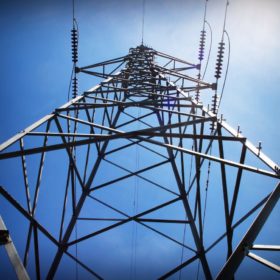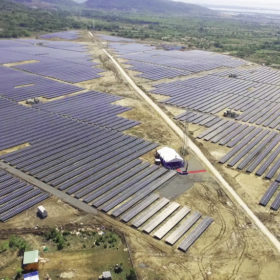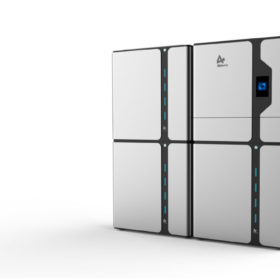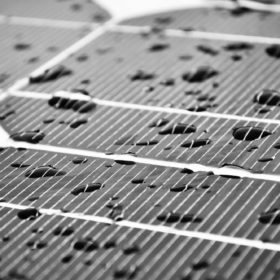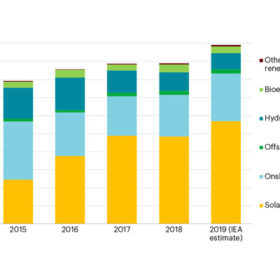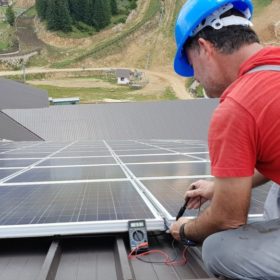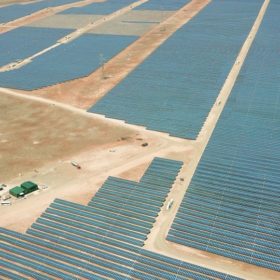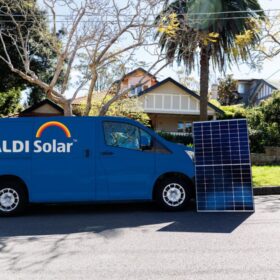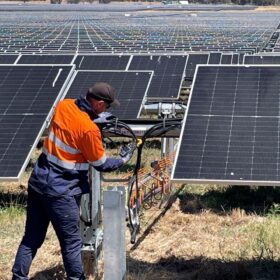Rooftop solar penetration reaches tipping point as grid undergoes major transformation
Rooftop solar penetration has reached the point where a choice needs to be made between distribution networks spending billions on new substations, poles and wires to cope – or start delivering the grid of the future so consumers are not landed with unnecessary costs, says the Australian Energy Market Commission.
Vietnam may cut FITs for large scale solar 20%
The tariff for rooftop PV will be maintained at $0.0935/kWh but payments for ground-mounted and floating solar could be cut to $0.0709/kWh and $0.0769, respectively. The previous FIT scheme, according to government figures, has driven the deployment of around 5 GW of solar generation capacity.
Alpha-ESS ramps up battery production in South Australia and partners in new VPP
The China-headquartered battery manufacturer has opened a new assembly facility at Lonsdale, as part of its commitment to the South Australian Government’s Home Battery Scheme. Alpha-ESS batteries will form part of a new virtual power plant launched into the market this week by ShineHub and energy retailer Powershop.
Finkel persisting with carbon capture and storage
Australia’s chief scientist Dr. Alan Finkel continues to push Australia toward a strong hydrogen economy produced by solar and wind through electrolysis. However, Finkel remains attached to the idea that toxically unpopular carbon capture and storage methods, a lifeline for fossil fuel producers, should also play a part.
Australia joins solar powered space race
The Australian Space Agency (ASA) has joined the next generation, or rather this generation, space race, between the U.S. and China. A $150 million investment from the Morrison Government into the ASA will see Australia partner with NASA on its next sustainable exploratory missions.
We can make roof tiles with built-in solar cells – now the challenge is to make them cheaper
Despite being such a sunkissed country, Australia is still lagging behind in the race to embrace solar power. While solar panels adorn hundreds of thousands of rooftops throughout the nation, we have not yet seen the logical next step: buildings with solar photovoltaic cells as an integral part of their structure.
International Energy Agency forecasts 115 GW of new solar this year
The global expansion of PV, wind power and other clean energies will see double-digit growth this year as solar continues to lead the pack.
Live fast, die young: MIT study proposes use of 10-year panels
Research has found even short-lived, 10 to 15-year solar panels could provide enough return for bankable projects. The researchers believe panel costs, coupled with an industry mindset now fixed on the final solar energy price rather than costs per kilowatt installed, may open opportunities for PV products currently snubbed because of a short lifecycle.
“Smart” solar farm switches on in northern NSW
While short of impressive in terms of size, the 9 MW project located near Moree is touted as one of Australia’s smartest solar farms. The project features both DC optimisers and DC coupled battery for central inverters.
Tailem Bend granted approval for self-forecast generation
The 95 MW solar farm in South Australia has become the first semi-dispatched renewable energy project in the National Electricity Market to switch from the Australian Energy Market Operator forecasting tool to the self-forecasting model.
